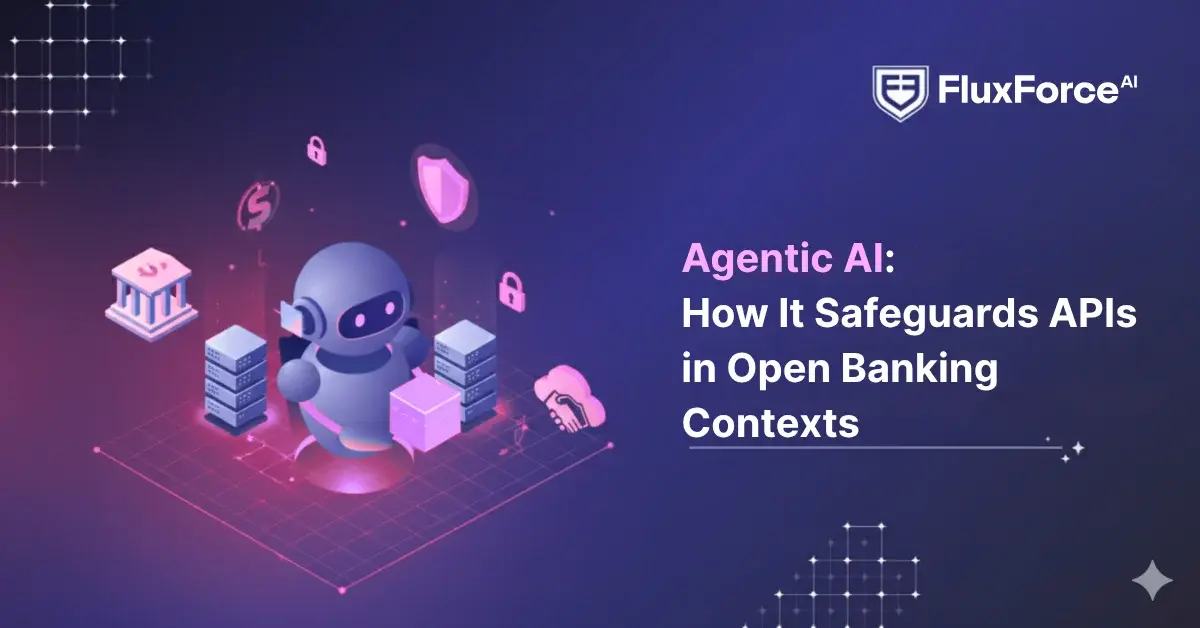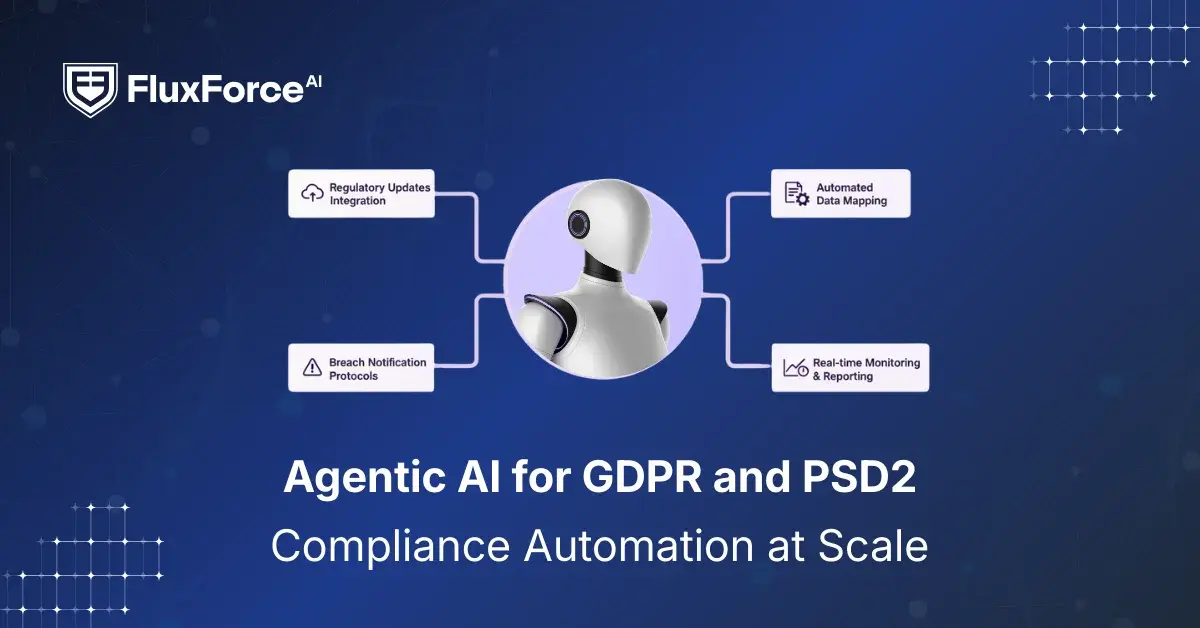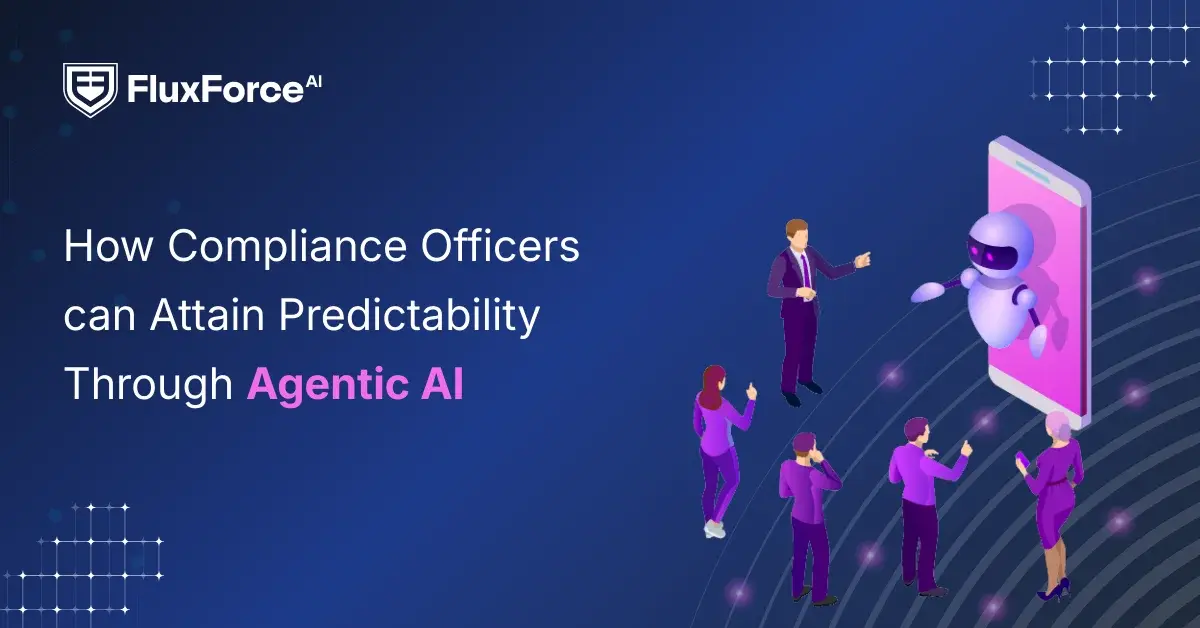Listen To Our Podcast🎧

Introduction
With Open Banking APIs transforming the financial services landscape, many banks are scaling integrations faster than they can secure them. Every day, over 3.5 billion API calls move through banking systems, and nearly one in five carries a measurable security risk, either from unauthorized access attempts or sensitive data exposure.
While leveraging AI for API security is the solution, tools with basic reactive approaches often fall short. Agentic AI operates autonomously, monitoring API activity in real time, isolating anomalies, and preventing risks before they escalate. Despite its potential, the power of Agentic AI remains largely unexplored in many banks.
Agentic AI as a Cybersecurity Framework for Open Banking APIs

Increased API requests in banks carry a significant amount of risk. With conventional AI models, the response is often reactive and delayed, causing regulatory fines averaging $2–5 million per breach.
Agentic AI systems, however, provide a more robust approach to open banking risk mitigation. Through autonomous monitoring, rule enforcement, and anomaly flagging, they address multiple API security risks, including:
- Account Takeover Fraud:
- Fraudulent Transaction Monitoring:
- Data Leakage Prevention:
- Regulatory Compliance Enforcement:
- Anomaly Detection Across APIs:
Agentic systems continuously analyse API traffic and behaviour. Any deviations from normal patterns are flagged without human intervention, enabling timely mitigation of emerging threats.
Core Aspects of Agentic AI in Securing APIs
Agentic AI, through its principles, forms the foundation of financial API security. Autonomous operations, continuous observation, and adaptability to patterns help develop a resilient cybersecurity posture in open banking environments.

Agentic AI, through its principles, forms the foundation of financial API security. Autonomous operations, continuous observation, and adaptability to patterns help develop a resilient cybersecurity posture in open banking environments.
1. Autonomous Decision-Making: AI agents act independently based on defined security parameters. With real-time API monitoring, it evaluates risks, prioritizes responses, and takes corrective action without waiting for human approval.
2. Contextual Awareness: Agentic architecture understands the context of increased network activities through key values (known device, transaction type, historical behaviour). It decides automatically, helping reduce false alerts and improving threat detection accuracy.
3. Continuous Learning: Agentic AI is self-improving. Through machine learning, past incidents, feedback, and new attack patterns, it learns to enhance API security continuously.
4. Policy-Driven Enforcement: With integrated policy engines, Agentic AI ensures every API request follows security and compliance rules. It consistently compares the request to the bank’s access policy, finds a violation, and blocks it immediately.
5. Real-Time Responsiveness: The continuous streaming analytics identifies and neutralizes potential threats as they occur. This ensures incidents are contained before they escalate or disrupt critical operations.

Shaping the Future of AI in Finance
Fluxforce research uncovers how banks and enterprises are adapting to fraud, compliance, and data challenges in 2025.
SecureBank’s Case Study: Securing Regulatory Compliance through Agentic AI
Agentic AI significantly helps in securing a bank’s critical operations. Below is an example of a case study by SMS-iT that highlights how SecureBank, a regional bank, used an Agentic AI platform to address compliance challenges.
Problem: SecureBank faced increasing regulatory pressure and needed a solution to manage risk and monitor compliance in real time, ensuring all API activity remained secure and aligned with financial regulations.
Solution Implemented: The bank integrated an Agentic AI platform with systems that autonomously monitored transactions, flagged compliance issues, and automated regulatory reporting.
Outcome:
Within three months, SecureBank achieved:
- 95% compliance rate through automated monitoring and alerts
- 80% reduction in operational risk via predictive analytics
- 99.9% accuracy in compliance and risk management operations
Key Challenges in Adopting Agentic AI for API Safeguarding
Before assigning API security to Agentic systems, it is important for financial institutions to address a few challenges, which include:
1. Data Quality and Context Alignment: Agentic AI relies on consistent, well-labelled data to make accurate security decisions. Incomplete or misaligned API metadata could cause false flags, slow down detection and complicate compliance validation processes.2. Integration with Legacy Infrastructure: Most financial institutions still depend on hybrid or partially modernized systems. Integrating Agentic AI with legacy APIs introduces latency and limits the system’s ability to perform autonomous actions effectively.
3. Governance and Policy Standardization: Agentic systems need structured governance models to operate safely. Without unified security policies, decision parameters may differ across departments.
4. Regulatory Interpretation and Alignment: Financial regulations evolve faster than most AI systems can adapt. Agentic frameworks must continuously update rule sets to stay aligned with new compliance requirements and regional data-handling mandates.
Onboard Customers in Seconds

Steps and Smart Strategy for Agentic Financial API Security
For effective threat detection in banking APIs through Agentic AI, financial institutions must follow strategic security frameworks that integrate intelligence, automation, and strict access control.

1. Combining Agentic AI with Zero Trust for Open Banking APIs
Integrating Agentic AI within a Zero Trust model ensures that no API request is trusted by default. Each call is verified through behavioral patterns and context before being processed. This eliminates implicit trust and strengthens control across interconnected financial systems.
2. Enforcing Dynamic Identity and Access Controls
Agentic AI uses adaptive identity mechanisms that change access levels based on real-time activity. Instead of static keys, APIs operate under time-bound credentials that expire after task completion. This reduces credential misuse and prevents unauthorized escalation across services.
3. Continuous Observability and Real-Time Response
With continuous monitoring built into the system, Agentic AI identifies abnormal transaction behavior instantly. It can flag potential breaches, isolate affected endpoints, and adjust traffic flow automatically. This real-time adaptability minimizes manual intervention and prevents downtime during active attacks.
4. Integrating Human Oversight for Critical Actions
While autonomy improves response time, oversight remains essential. Human review is applied for critical authorization or policy exceptions. This ensures accountability while maintaining the agility that AI-driven security frameworks deliver to open banking operations.
Conclusion
Open Banking APIs provide immense opportunities for financial innovation, but they also introduce complex security risks. Conventional AI tools are often reactive, leaving banks exposed to unauthorized access, fraud, and regulatory penalties.
Agentic AI offers a proactive solution, continuously monitoring API activity, detecting anomalies, enforcing compliance, and reducing operational risk. Its adaptive and autonomous capabilities make it an essential tool for financial institutions aiming to secure APIs, protect customer data, and maintain regulatory adherence.
With Agentic AI, banks can confidently expand their API ecosystems while minimizing security threats and maintaining trust with customers and regulators alike.






Share this article